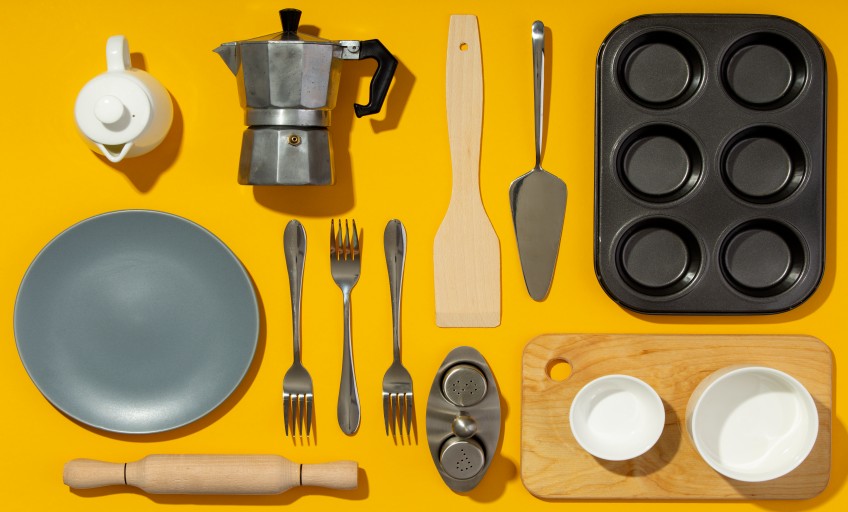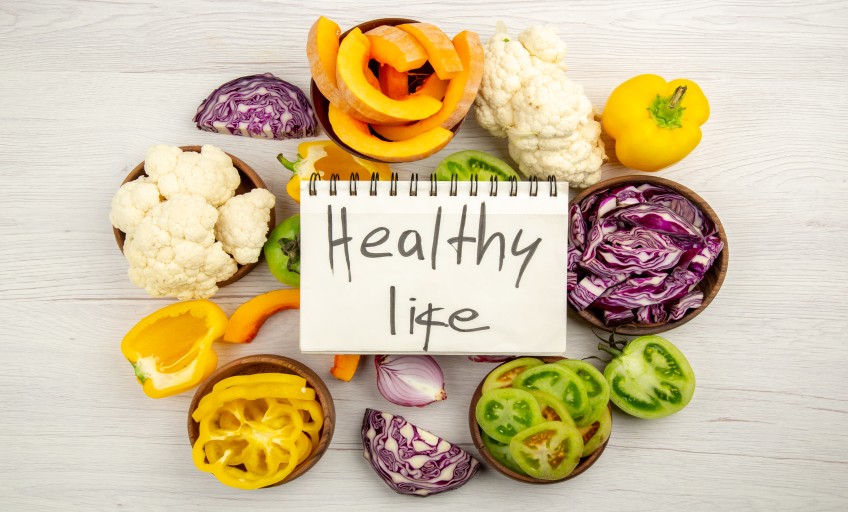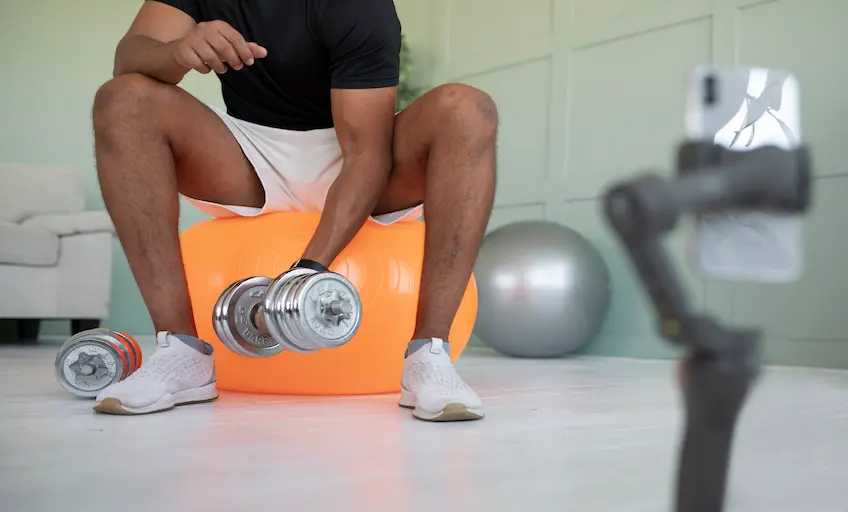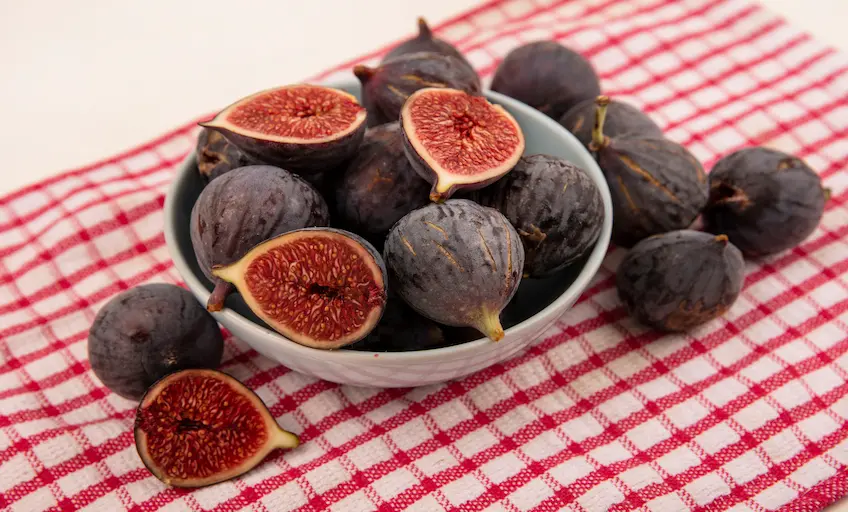Key Takeaways
- Choosing the appropriate cookware materials depends on the reactivity to food and heat conduction.
- Ensure that your ceramic cookware is free from heavy metal contaminants.
- Stainless steel is a popular cookware resistant to corrosion.
- Iron cookware is safe but can give a metallic tang to food.
- Copper cookware should be lined with tin.
- Anodised aluminium cookware minus coating is better.
The discussion of healthy lifestyles mainly revolves around diet, exercise, and sleep. Food matters, but so do the preparation and cookware materials.
What you need to know:
- Why do cooking utensils make a difference?
- Earthen utensils
- Stainless steel
- Cast iron
- Copper
- Anodised aluminium
- Choose cooking utensils wisely
Why do cooking utensils make a difference?
Cooking utensils matter because the material from which they are made can significantly impact how heat is transferred to food, affecting its texture, flavour, and even nutritional value, depending on the cooking method and dish prepared. The right cookware can help you cook food evenly, prevent burning, and achieve the desired result for a particular recipe.
The type of best cookware you choose depends on two factors:
- One, reactivity to food: You do not want your utensil to react undesirably with your cooking food.
- Two, heat conduction: You want the heat to be evenly distributed so that food is neither under nor overcooked.
Earthen utensils
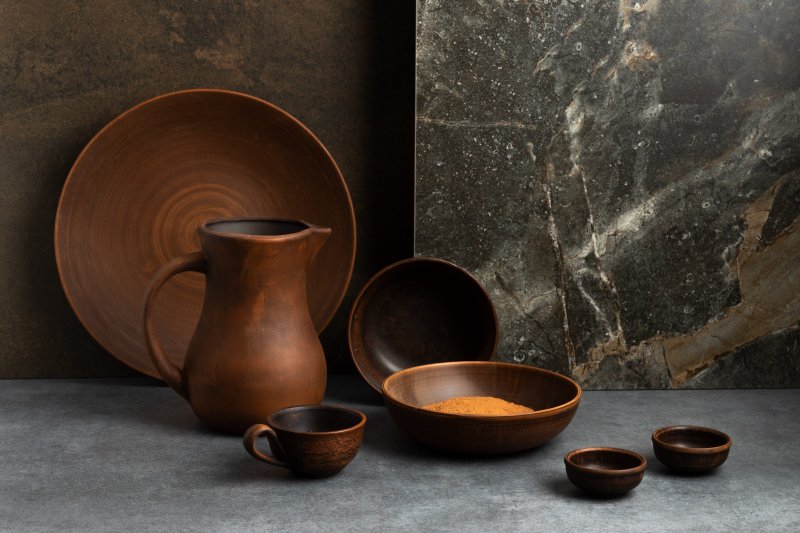
Earthen cookware, made of clay and permanently hardened by heat, is a great buy. It is eco-friendly and free of contaminants. There are two types of ceramic cookware available in the market:
Unglazed: They are porous, meaning the material used to make the clay will likely leach out during cooking. It is excellent if minerals beneficial for our body leach out (like calcium or magnesium), but it is terrible if the material contains heavy metals (like lead, cadmium, or arsenic). So, buy from companies that test clay quality before manufacturing cookware. Choose companies that have high-quality standards or those that publish their test results.
Glazed: Glazing pottery means coating it with a sealant layer to overcome porosity. This sealant could be ash, tin, porcelain, or salt. However, if manufacturers use lead to give ceramics a glossy metallic look to make them look cool, it is unsuitable for us because lead is poisonous, even in small doses. Most sellers avoid lead glazing, but check to be sure.
Stainless steel
Metal-based cookware tends to react with acids. Iron is a reasonably safe metal, even if it gets leached out. Iron alloyed with chromium (and other elements such as carbon and nickel) produces stainless steel. High-quality stainless steel pans contain 18-20% chromium, which prevents the iron from rusting. Stainless steel is highly resistant to corrosion and acid, making it one of the most well-deserved popular cookware.
Cast iron
Iron also reacts with acids. However, iron consumption via cookware rarely leads to iron overdose in the body. Most Indians could use more iron in their diet. The one drawback of iron cookware is that it adds a metallic tang to foods cooked or stored in it. So, high-end cast iron manufacturers coat cast iron cookware with glazed enamel to avoid food reactions. But glazed enamel is extremely expensive. Example: Le Creuset. However, a simpler and cheaper solution is to transfer the foods to another non-reactive vessel immediately after cooking.
Copper
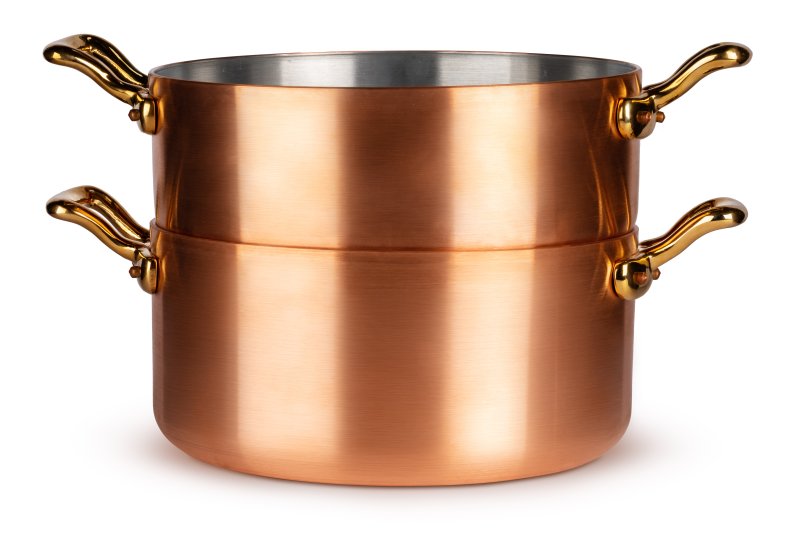
Copper accumulation in the body can lead to copper poisoning over time. This is why copper cookware is sold as alloys (brass, bronze), often with tin coating. The tin coating prevents the metal from leaching. Tin does not react with acids, and our bodies do not absorb tin. Even when consumed accidentally, tin exits the body in the feces. So, always buy copper cookware that has been lined with tin. Over several years of usage, the tin coating may wear off, so you have to get the vessel re-tinned.
Anodised aluminium
Long-term exposure to aluminium has been associated with Alzheimer’s disease. Manufacturers circumvent this problem by coating aluminium cookware with a PTFE (Polytetrafluoroethylene, commonly called Teflon) non-stick or a ceramic layer. In this so-called “ceramic coating,” manufacturers use a synthetic material called sol-gel, which gives a ceramic-like finish. Unfortunately, this style has a limited shelf life of fewer than two years because the coating starts to peel off over time.
To get around this, get hard anodised aluminium cookware (without the additional coating). Anodisation is a process of highly controlled oxidation. The aluminium oxide, formed on the outside, protects the inner pure-aluminium layer from getting exposed to the food. This anodised layer makes the vessel resistant to corrosion. The finished anodised surface will not chip or peel. Over several years, the outer oxide layer may get worn down to expose the inner aluminium layer. If that happens, avoid using the vessel to make acidic foods, which may cause the aluminium to leach.
Choose cookware materials wisely
Health starts in the kitchen; these tips should help you choose the best cookware for your home. How you prepare your food – the oils you use or the cookware you choose – adds incremental value to your lifestyle. You do not always need expensive stuff; just what works best for you.
Stay tuned to the Activ Living Community. Keep up to date with the latest health tips and trends through expert videos, podcasts, articles, and much more on nutrition, fitness, mindfulness, and lifestyle conditions like Asthma, Blood Pressure, Cholesterol, and Diabetes. Activ Living ke saath sahi sehat ki shuruat ABHI karo.
You may also be interested in the following blogs:
- Healthy Cooking: Alternatives To Frying – Expert Guide To Healthier Meals
- The Ultimate Guide To Food Safety: 4 Expert Tips You Should Follow
Popular Searches
How to lower blood pressure | Fruits good for liver | Unhealthy foods | Ragi Benefits | Basal Metabolic Rate | Acupressure points for High Blood Pressure | Ayurvedic medicine for blood pressure | How to control cholesterol at home | Homeopathy for Asthma | Biological Age | Home remedies for TB | Natural beta blockers | Negative effects of internet | Types of walking | Blood pressure calculator | Blood sugar calculator | BMI Calculator





 1800-270-7000
1800-270-7000

